Fantastic Flora
- SALLY L. WHITE –
When Beans Grow on Trees
Eastern Redbud(Cercis canadensis), and the Locusts (Black Locust, Robinia pseudoacacia;
Honey Locust, Gleditsia triacanthos)—Pea Family (Fabaceae)
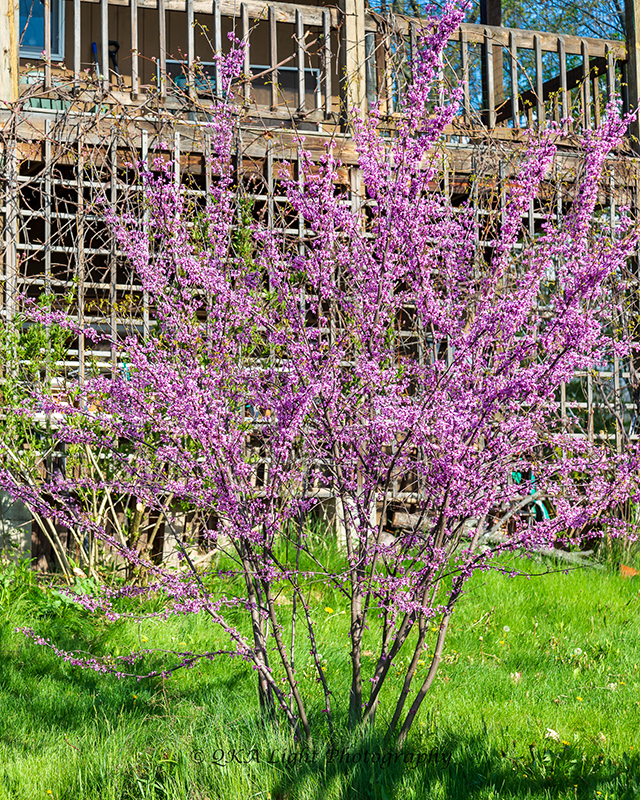
Can you imagine a prettier sight in early spring than an Eastern Redbud tree in full bloom? Seeing its magnificent magenta flowers, I was delighted to find it here in my new backyard. Our tree met her demise in a major snowstorm of March 2018, but thanks to prolific seed production over the years, we welcomed several shrubby offspring, some already half grown.
In the tropical forests where they evolved, woody legumes are exceedingly abundant. In temperate zones, we have only a few. Of more than 150 legumes, only eight woody species are listed in New York’s Flora Atlas. There’s some debate as to whether they’re native, but they are probably here to stay. Our conditions may, if climate change proceeds unchecked, grow more hospitable to them.
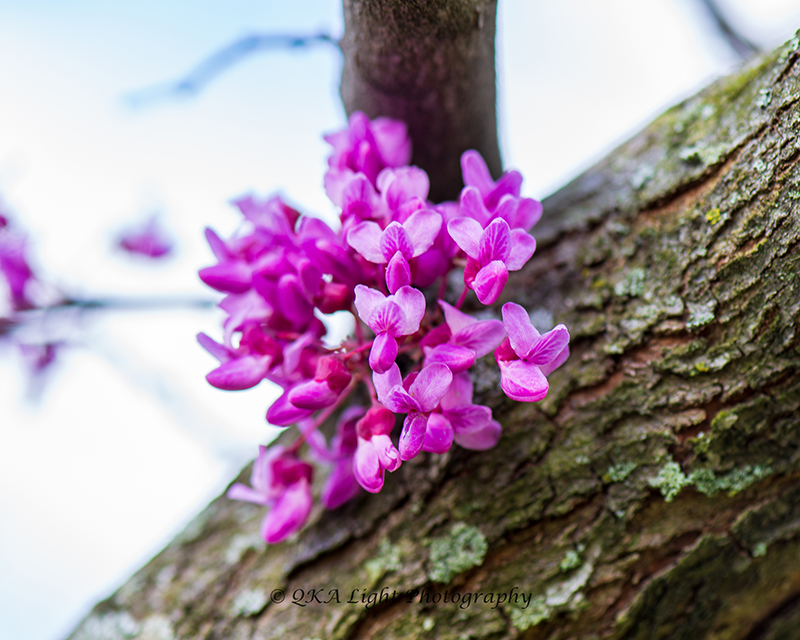
Eastern redbud is not just a pretty springtime face— it’s also an intriguing tree. As a smallish understory tree, eastern redbud occurs in open woods, edges, and hedgerows. Some of its qualities are unusual in our landscape and even in its own family. Unlike many other legumes, eastern redbud has “entire” leaves, each one a single, lovely, heart-shaped piece. Until you see that “butterfly” flower, you might not think it’s in the pea family at all. More surprising, the flowers arise directly from the stem or trunk of the tree, a feature called cauliflory that is also found in tropical trees and shrubs such as cacao (which gives us chocolate), coffee, figs, and papaya.
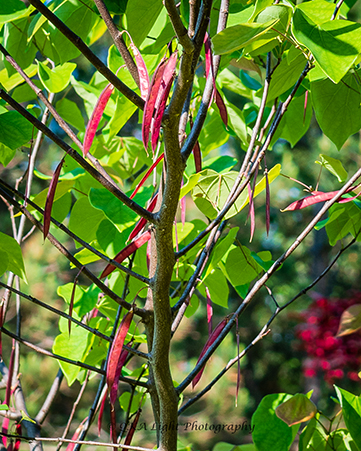
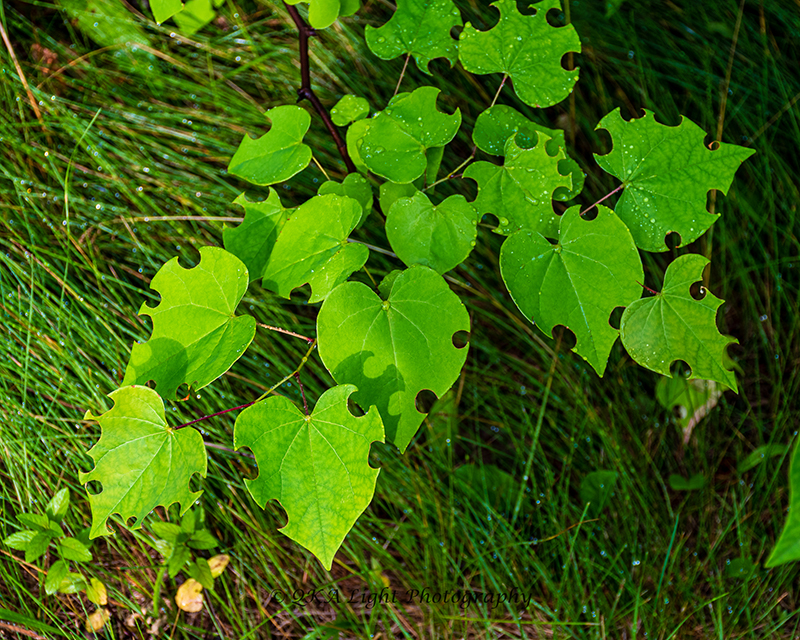
Cauliflory is one way plants may improve their chances of finding pollinators. Flowers are offered not at the tips of branches, but often on the branches and even lower on the trunk. This habit makes them accessible to low-flying insect pollinators, putting the nectar and pollen buffet in reach of guests thatare unlikely to access high tropical canopies. Redbud attracts low fliers like carpenter bees and honeybees.
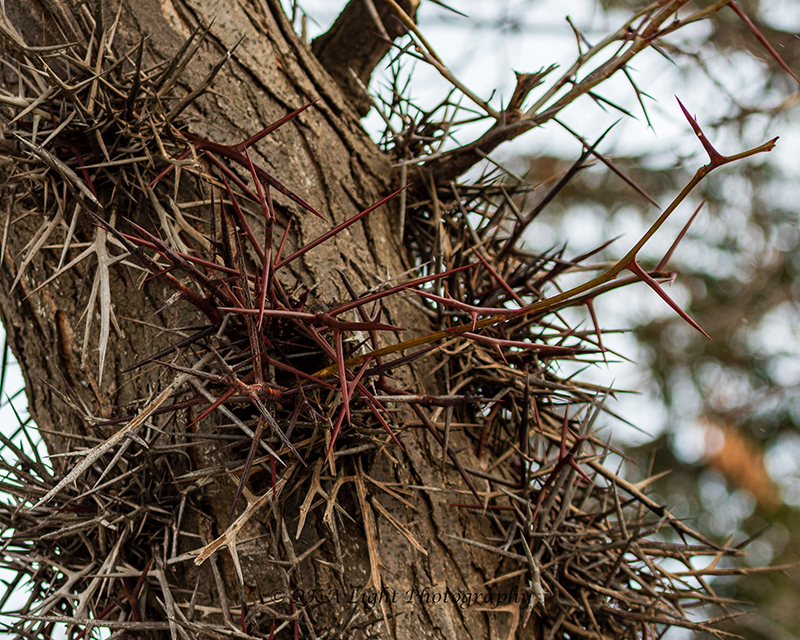
Beauty and the Beasts
More robust than the dainty redbuds, black locust and honey locust are overstory trees that may reach, in the latter, 100 feet in height. Black locust is smaller and sometimes considered invasive. In New York State, it is “regulated” due to its root sprouting habit, but not prohibited. (It’s okay to plant, but only in your yard.) Like redbud, locusts are not universally considered native here in New York, but are native to states south and west of us. As pioneer species, they can escape and establish populations in areas where they may seem to be naturally occurring.
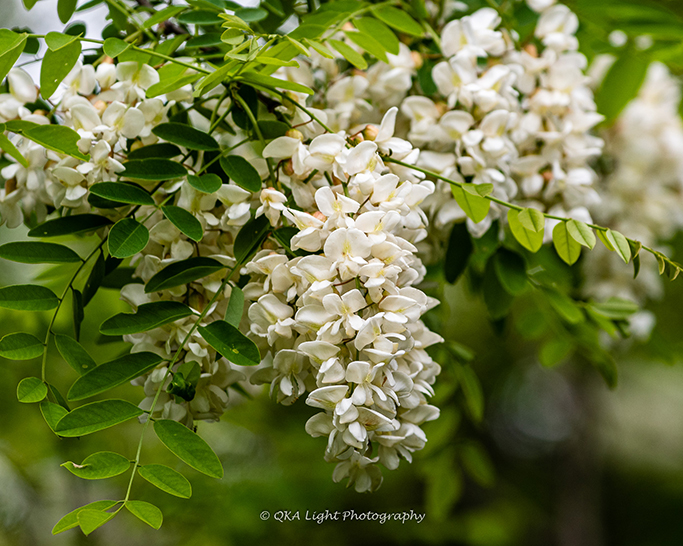
Both locusts have durable wood used for fenceposts, tool handles, and even mine timbers. Although eaten by wildlife and livestock, honey locust pods can become a nuisance in captivity, littering lawns and sidewalks when they ripen and fall. The trees are armed by formidable thorns. Now that they’ve been tamed by plant breeders, honey locusts make wonderful street trees or decorative accents in home landscapes. Your local nursery can likely provide thornless varieties as well as trees that don’t produce those messy pods, making these variants popular in more urban settings.
Eastern redbud is earliest to flower of the three species, and perhaps most spectacular, bringing its bright pink touch of spring to our landscapes when other trees are still somber. Keep an eye out for it as you travel the roadsides this spring—I can’t wait to spot more locations for this charming tree.
